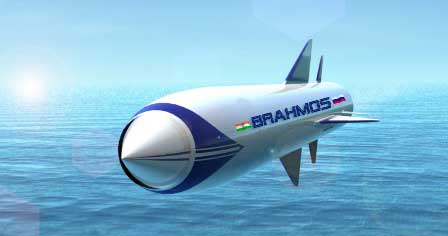India to launch satellite linked navigation collaboration with Russia soon
India may soon roll out satellite -assisted navigation services in collaboration with Russia's NIS-GLONASS. The two countries, after talks between Prime Minister Manmohan Singh and Russian President Vladimir Putin, today signed a memorandum of understanding for conducting the proof of concept through pilot project for providing the satellite-based navigation services. The MoU envisages a pilot project to assess the usage of the Russian Global Navigation Satellite System (GLONASS)using the capabilities of BSNL/MTNL ground infrastructure. The three-way partnership document was signed by R K Upadhyay, Chairman & Managing Director, Bharat Sanchar Nigam Ltd., A K Garg, Chairman & Managing Director, Mahanagar Telephone Nigam LtdBSE -1.99 % and Alexander Chub, Director-General, OAO Navigation and Information Systems. "Success of the pilot project may provide insights for wider applicability of GLONASS signals in the future in areas such as disaster management, telepho...
